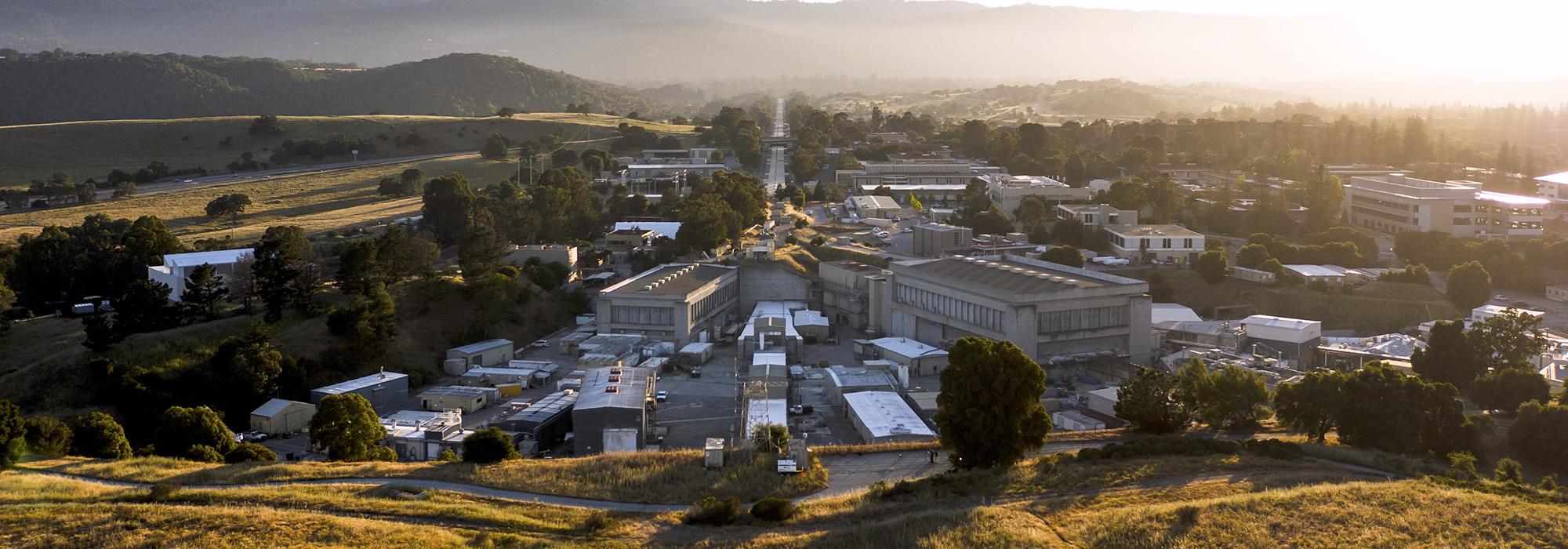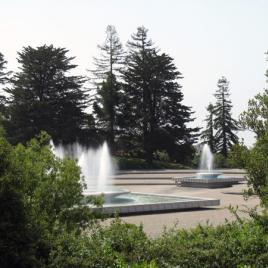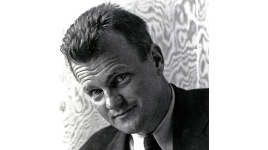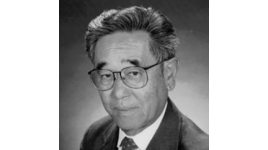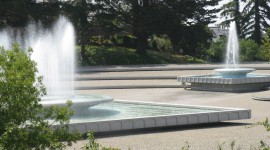Pioneer Information
This San Francisco-based firm was established in 1960 when landscape architect Eldon Beck joined the already existing practice of Royston, Hanamoto & Mayes. The firm was an early iteration of the corporate model that would largely replace traditional studio practices in the decades to come. Assembling a diverse team of specialists, including landscape architects, engineers, architects, and urban planners, the office created large-scale works that integrated client needs with artistic sensibilities. Some of the firm’s more notable parks, including Bowden Park in Palo Alto and Santa Clara Central Park, developed both in California in 1960 and 1962, respectively, emphasized community-building and well-being, especially for youth. The firm also took on large-scale planning and landscape architecture commissions in growing California cities, such as Fremont, Hayward, and Milpitas. Other projects varied widely, from the Stanford Linear Accelerator Center (now the SLAC National Accelerator Laboratory) in Menlo Park (1962), the University of Utah in Salt Lake City, and the abstract-art-inspired cover lid for the underground Estates Drive Reservoir in Oakland (1968). The firm instrumental played an instrumental role in master-planned communities, corporate campuses, and public housing projects, as well as stations for the Bay Area Rapid Transit (BART) system, completed in 1972. Through its hundreds of commissions, the firm helped shape the direction of postwar landscape architecture, especially in the San Francisco Bay Area. The partnership dissolved with the departure of Mayes in 1966. Soon thereafter landscape architect Kaz Abey was promoted from associate to partner, and the practice was renamed Royston, Hanamato, Beck & Abey.



